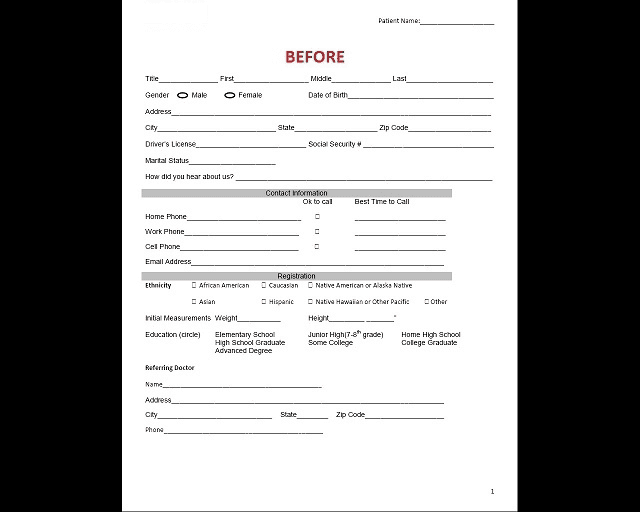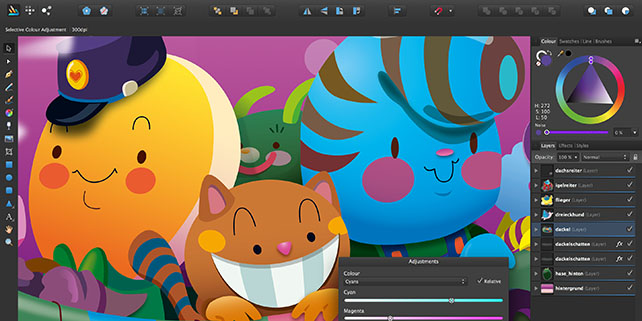Alternative download 1. Would you like to receive announcements about new Adobe LiveCycle Designer versions by email? More details and free registration here. Adobe LiveCycle Designer has been saved to your software list. Need more great software? Check out our must-have software list. With Adobe LiveCycle Designer, authors can lock down form design templates and restrict access rights only to certain users. In addition, Adobe LiveCycle Designer allows people to design forms that can be used with digital signature technologies to encrypt data and form templates, validate signatures, and facilitate secure electronic transactions. Adobe LiveCycle is now Adobe Experience Manager Forms When we introduced Adobe LiveCycle in 2004, our goal was to make it easy for customers to author and publish PDF forms. Over the past 14 years since Adobe LiveCycle’s inception, there has been an increased adoption of mobile devices and big push towards digital transformation.
PDF Forms authored in Adobe LiveCycle Designer 7.x and 8.x (also known as XFA Forms) can be submitted in a number of data formats using a number of submission methods. This document details these options and how to use them.
Submit buttons available in Adobe LiveCycle Designer forms
LiveCycle Designer forms have three types of buttons, each with different options for submitting forms: generic buttons, E-mail Submit buttons, and HTTP Submit buttons. To add a button, drag it from the Library palette onto your page layout.
You can set a generic button to be a submit button in the Object > Field palette. Once you set the button as a submit button, a Submit tab is available in the Object palette. You can choose the following formats:


- XML Data Package (XDP): Submits a package in the file format created by LiveCycle Designer. Choose this format if the form initiates server-side processing, or to submit the form design, the form data, annotations, and all other relevant information needed for 0 LiveCycle Forms to subsequently render the form at run time. You can also specify whether to include annotations, template data, and the PDF itself.
- PDF: Submits a package containing an embedded PDF file. Choose this format if the form contains a signature field, or if a copy of the form together with its data needs to be saved by Adobe LiveCycle Forms or submitted to some other kind of target server. Do not choose this option if the form initiates server-side processing, if Adobe LiveCycle Forms will be used to render HTML or dynamic forms at run time, or if the form is a PDF form that will be filled in Adobe Reader without the use of Adobe LiveCycle Reader Extensions.
- XML Data: Submits an XML data stream, which allows for the hierarchical representation of data and can be parsed by any generic XML parser. Choose this format if the server that communicates with the run-time user application program must receive an XML data steam.
- URL-Encoded Data: Submits a text stream to the specified Uniform Resource Locator (URL) using the POST method. The text stream can be parsed by an FTP server, a mail server, a web server, or a CGI script that processes HTML forms. To use this method, users must open the form in Adobe Reader 6.0 or later, or in a web browser, unless the URL specifies the mailto protocol.

With all of these options, you can set the URL to submit the data to. Specifying a mailto: URL will send the data via e-mail. With XML, HTTP Post and XDP, you can specify the Encoding option for the data.
The E-mail Submit button is a standard button with certain properties already set and a specialized Object palette. The submission uses the mailto: protocol to send an XML representation of the form data as an attachment. This data is sent with UTF-8 encoding. After you add the button to the form, you can use the Object palette to set the E-mail address and Subject. If you use the New Form Assistant to create a form and select one of the E-mail Submit return methods, an E-mail Submit button is included on the form automatically.
The HTTP Submit button is a standard button with certain properties already set and a specialized Object palette. The button submits your data using the HTTP Post method. After you add the button to the form, you can use the Object palette to set the destination URL of the submission. As with the E-mail Submit button, you can create an HTTP Submit button by dragging it from the Library palette. If you need to submit your data using HTTPS, you will need to use a generic button instead of this specialized button.
You can complete and submit LiveCycle Designer forms using Adobe Reader 6.0.2 or later. However, only the HTTP Post and XML Data options are allowed for use with all PDF files accessed in Adobe Reader. Other submission options require PDF files that were enabled using the Adobe LiveCycle Reader Extensions Server. For more information on the Adobe LiveCycle Reader Extensions Server, visit the Adobe website at www.adobe.com/products/server/readerextensions/ .
Adobe Livecycle Designer 11 Download

LiveCycle Designer forms do not support the use of FDF or XFDF data. To use these data formats for submitting data, you must use the form tools native to Adobe Acrobat Professional and the Adobe FDF Toolkit. For more information, visit the Adobe website at http://partners.adobe.com/public/developer/acrobat/fdf/topic.html .
Distribute Adobe LiveCycle Designer forms in Acrobat 8

Acrobat Professional 8 provides the ability to distribute PDF forms and collect responses into data sets. A Distribute button in LiveCycle Designer 8.0 activates the same function in Acrobat 8.
When a LiveCycle Designer form is distributed using the Distribute Forms function in Acrobat 8, the functionality of the Submit button on the form is replaced by Acrobat 8 functionality. When the Submit button is clicked on the distributed form, the submission process for the Distributed form is activated instead of the original configuration of the Submit button.
Get help with Adobe LiveCycle Designer forms and scripts
Adobe Acrobat Technical Support provides assistance with Acrobat software. Acrobat Technical Support does not assist with the following:
- JavaScript, CGI, or other scripting and programming languages, even when used with an Acrobat-created file (PDF or XDP).
- Configuring CGI scripts or servers to process submitted data.
The AdobePartnerConnectiondoes provide documentation and support for Acrobat forms developers, including a Software Developers Toolkit (SDK) for Acrobat Forms. For information about becoming an Adobe Partner Connectionmember, visit the Adobe website at www.adobe.com/partners/. For general form resources, including the Acrobat SDK and the FDF Toolkit, visit http://partners.adobe.com/public/developer/acrobat/devcenter.html .
For more details on the Submit buttons in LiveCycle Designer, visit http://partners.adobe.com/public/developer/en/livecycle/lc_understanding_submit_tip.pdf .
For information on the Adobe XML Forms Architecture model (XFA), visit http://partners.adobe.com/public/developer/xml/index_arch.html .
For information on using JavaScript in XFA forms, read the Adobe XML Form Object Model 2.2 Reference at http://partners.adobe.com/public/developer/en/xml/Adobe_XML_Form_Object_Model_Reference.pdf.
Adobe Livecycle Designer Trial
More like this
Home / Designer 11 Scripting Basics / Scripting with FormCalc and JavaScript
Home / Designer 11 Scripting Basics / Scripting with FormCalc and JavaScript |